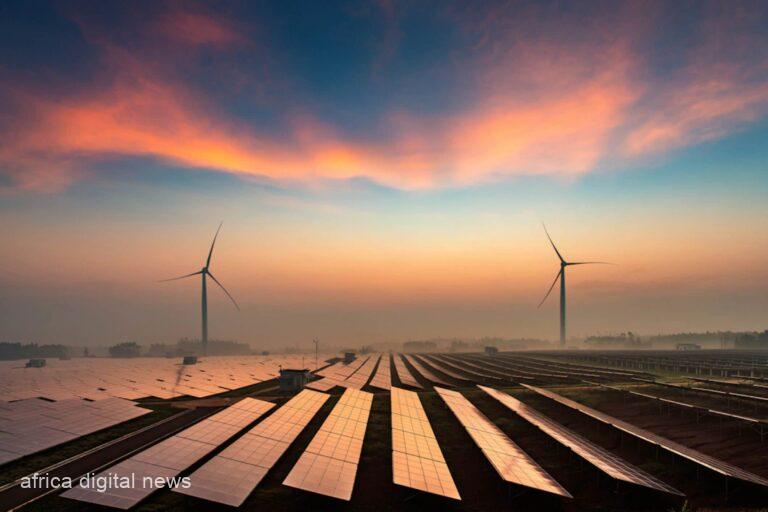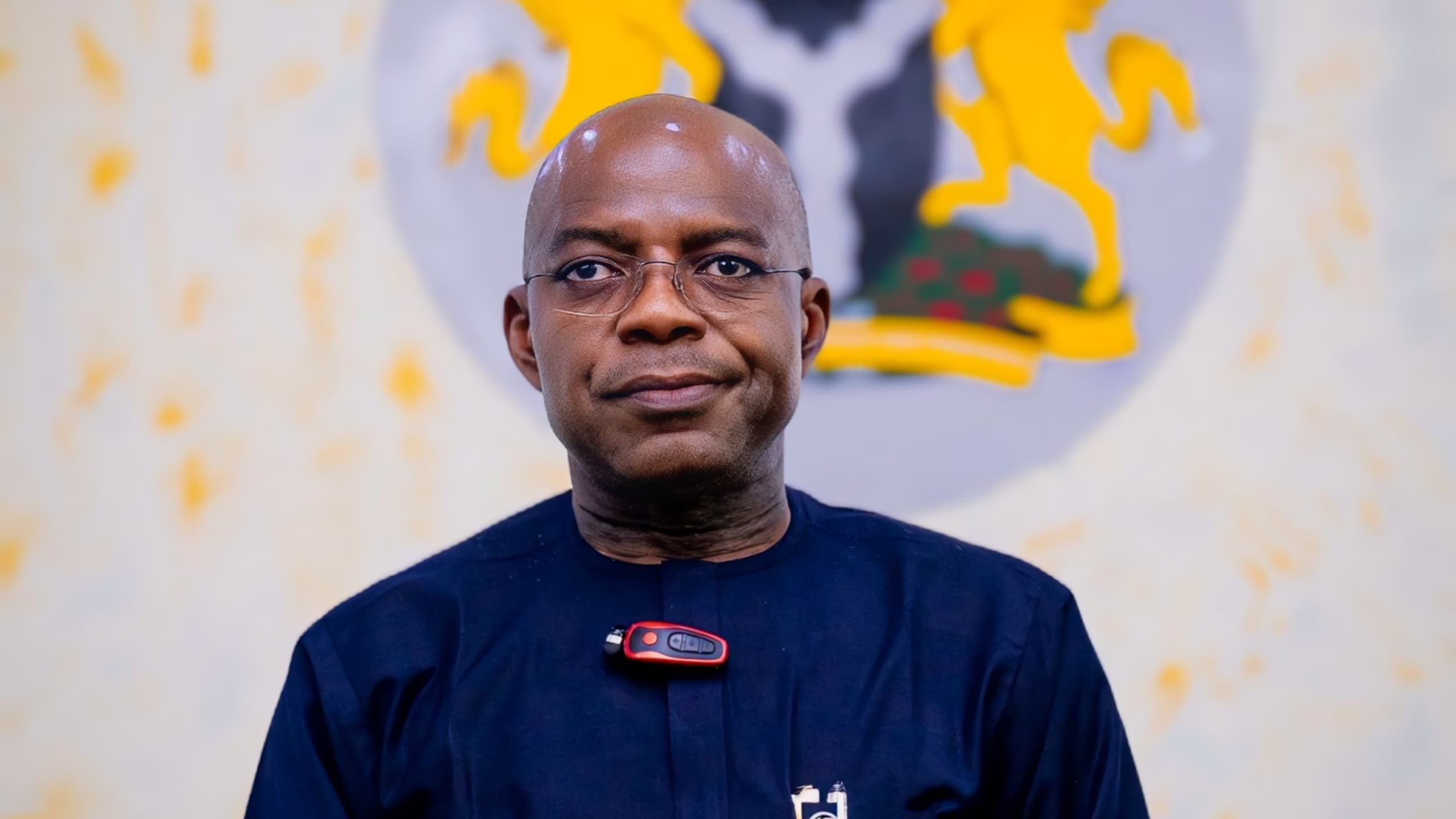Across the expanse of the global arena, the simmering energy crisis has emerged as a prominent fixture, sending shockwaves through nations and economies alike. With geopolitical undercurrents casting shadows, notably the tumultuous state of affairs in Ukraine, the delicate equilibrium of the energy sector finds itself in disarray. Nowhere is this more evident than in Europe, ensnared in the throes of surging natural gas prices, the ramifications of its deep-seated reliance on Russian energy corridors.
While governments grapple with depleting treasuries, the true impact of this crisis is felt at the grassroots. Households, already besieged by economic uncertainties of the post-pandemic era, now contend with spiralling energy bills. Small businesses, the lifeline of local economies, face existential threats as operating costs soar. The tapestry of the energy landscape, once defined by predictable patterns, now resembles a volatile mosaic of supply challenges and price volatilities.
Yet, within this tempest of challenges, glimmers of hope emerge. Crises, as history illustrates, often sow the seeds of transformation. Could this energy conundrum, then, be the impetus that drives the world towards a more diversified, sustainable, and resilient energy future? As the narrative unfolds, the onus is on global leaders, policymakers, and industry stalwarts to not only address the immediate challenges but to envision a roadmap that prioritises long-term sustainability and strategic autonomy.
The Energy Crisis: Europe Grapples with Economic Shockwaves
Europe currently stands in the eye of an economic storm, as soaring energy prices cast long shadows over households and businesses alike. The unfolding crisis presents a complex tableau, juxtaposing geopolitical tensions, economic repercussions, and the urgent need for energy transition.
In the United Kingdom, the repercussions are palpable. Inflation has spiked to a staggering 9.9% as of August 2023, a rate that hasn’t been seen in four decades. This places enormous pressure on households, diminishing their purchasing power and exacerbating the cost of living. It isn’t just Britain feeling the squeeze. The European Central Bank reports that inflation across the euro area is expected to average 8.1% in 2023, marking the highest level since the inception of the euro.
The International Monetary Fund’s projections further underscore the gravity of the situation. They’ve downgraded the global economic growth forecast for 2023 from 3.6% to a sobering 3.2%. Their warnings are stark: a prolonged energy crisis, especially in Europe, could tip the world into a recession.
A closer examination reveals the tangible impact of this crisis on European businesses. In the UK, British Steel, a major steel manufacturer, has been forced to slash its production by half, directly attributing this drastic move to escalating energy costs. Germany, known for its industrial might, hasn’t been spared either. Chemical titan BASF contemplates reducing production, even hinting at potential plant closures should the energy prices remain unsustainably high.
Read Also: Why The World Must Unite To End The Madness In Ukraine
Meanwhile, the effects ripple through various sectors. France’s bakeries, symbolic of the nation’s rich culinary tradition, grapple with the surging energy costs. Some face the heart-wrenching decision to either inflate prices or shut shop. Over in Italy, the proverbial heat isn’t just in the kitchen. Households confront soaring energy bills, with predictions pointing to a 50% surge in the average bill in 2023.
Yet, the pain isn’t evenly distributed. Certain nations, especially those heavily tethered to Russian energy imports, find themselves in a particularly precarious position. Additionally, small and medium-sized enterprises, the lifeblood of many economies, bear a disproportionate brunt. Their limited bargaining prowess and finite resources amplify their vulnerabilities in these trying times.
In this challenging panorama, however, lies an indomitable spirit and a call to action. The crisis accentuates the paramount importance of energy security and pivoting to a cleaner, sustainable energy model. The current turbulence may very well be the clarion call that galvanises governments and businesses to accelerate investments in renewable energy and fortify energy efficiency measures. By doing so, they won’t only be mitigating the immediate crisis but also laying the foundation for a resilient, sustainable, and economically robust future.
Navigating the Energy Quagmire: Charting a Resilient Course
The current energy landscape presents a Gordian knot of intricacies, weaving together geopolitical tensions, economic ramifications, and sustainability concerns. However, history has often demonstrated that in the crucible of crisis, the alloy of innovation and determination is forged. The prevailing energy crisis, though formidable, presents an opportunity to not merely adapt but to reimagine our global energy paradigm.
At the heart of this reimagining lies the embrace of renewable energy. The prevailing turbulence in energy markets has illuminated the inherent risks of excessive dependence on a narrow band of energy sources. Diversifying this portfolio by augmenting the share of solar, wind, and other renewables offers a dual dividend. Firstly, it insulates economies from geopolitical upheavals that can disrupt traditional energy supply chains. Secondly, it firmly aligns our energy trajectory with the global imperative of decarbonisation, addressing the existential threat of climate change.
Yet, while production is a significant part of the equation, consumption patterns can’t be ignored. The aphorism ‘more from less’ resonates profoundly when discussing energy efficiency. An extensive drive towards energy-efficient homes, facilitated through better insulation, green building codes, and energy-efficient appliances, can substantially reduce our energy footprint. Similarly, businesses, the linchpins of our economies, can weave in sustainable practices, optimising energy use and bolstering their green credentials.
As the economic ripples of the crisis wash over households, many teetering precariously on financial precipices, the role of governments becomes paramount. Targeted interventions, in the form of subsidies or direct support, can offer a temporary buoyancy aid to those most affected. Furthermore, holistic urban planning, emphasising efficient public transport networks and encouraging their use, can shift the pendulum away from energy-intensive personal vehicle usage.
Perhaps the most tantalising prospect in this energy odyssey is the potential of innovation. Beyond the established solutions, the frontier of energy innovation remains vast and largely untapped. From cutting-edge energy storage solutions that address the intermittency challenges of renewables to research into alternative fuels and green technologies, innovation holds the promise of not just navigating this crisis but of catapulting us into a new era of energy resilience and sustainability.
While the tempest of the energy crisis rages, the compass of collaborative action, policy intervention, and innovation offers a navigational chart. By harnessing these, the world stands poised not just to weather this storm but to emerge into a brighter, more sustainable dawn.
Conclusion: A Vision for a Sustainable Energy Future
The labyrinth of the current energy crisis, interwoven with economic complexities and geopolitical tremors, presents not just a challenge but an opening for radical transformation. As we stand at this pivotal juncture, we’re reminded of the inherent vulnerabilities in our current energy models and the pressing need to reimagine them.
It’s imperative to view this not merely as a phase of scarcity and rising costs but as a clarion call for innovation, adaptation, and global collaboration. The blend of technology, sustainable practices, and forward-thinking policy initiatives can steer us from this storm into a renaissance of energy strategies that are as enduring as they are green.
Furthermore, as nations, industries, and communities grapple with the immediate ramifications, there’s an inherent duty to protect the vulnerable and ensure equitable access to resources. This duty transcends borders and sectors; it’s the collective responsibility of the global community.
In essence, the tumultuous energy landscape of today can indeed be the bedrock on which we construct a brighter, more resilient tomorrow. A tomorrow where energy not only powers our homes and industries but also exemplifies sustainability, equity, and forward momentum. The horizon, though challenging, is awash with hope, beckoning us towards a more harmonious and sustainable energy paradigm.










